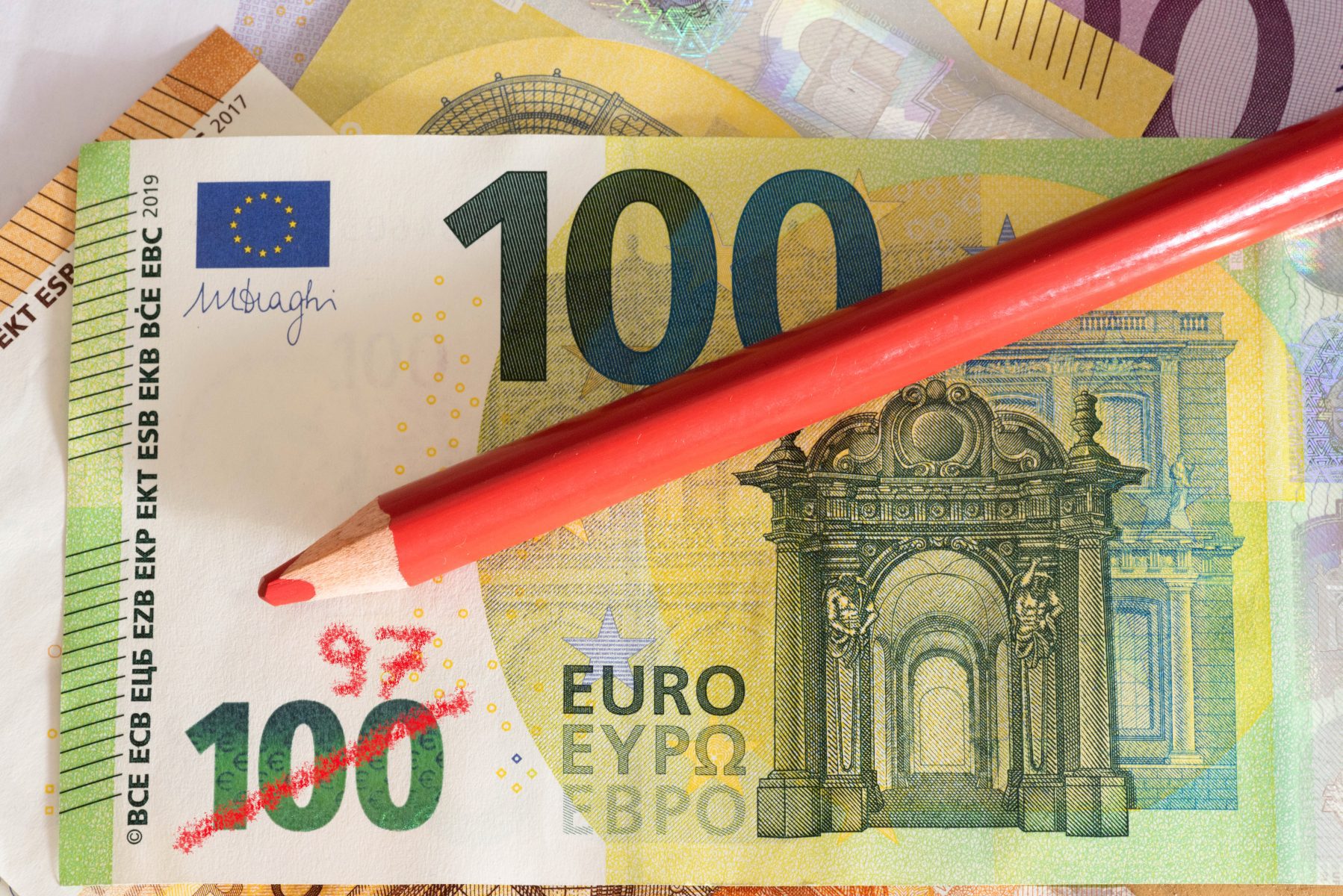I don’t think this E-zine can go by without writing about inflation and the impact that Covid has had on the rising cost of goods and services. I don’t know about you but I am starting to see prices rise in Rome, particularly around food. I was shocked to find pears in the supermarket at €5.49kg the other day. Also, when I travelled to the UK at the end of October car hire prices were through the roof, partly fuelled by Brexit I imagine, but crazily expensive. I was also talking to a friend who owns a company making the sun curtains that you see on balconies and terraces in Italian cities. She was telling me that their raw material prices had risen 30% in the last few months. Lastly, there is the impetus of all these housing bonuses at the moment which means that both tradespeople and building materials are in short supply, and when things are in short supply, prices only go one way!
In the US there has been a lot of rhetoric about a ‘transitionary inflation’ which will pass once the world’s supply chain gets back to normal after Covid, when goods and to some degree services as well will start to circulate as they did pre-pandemic. But, I think it is plain for all to see that this is now going to be a bit longer than we first suspected. Even if Omicron turns out to be a much weaker variant and have very little impact on our health, government intervention in trying to stem the infection rate could mean that further travel restrictions are on the cards.
This all has the effect of making it more difficult for raw materials to find their way to factories, production of goods themselves (nothing gets made when people are at home), distribution, administration, shipping etc. The list goes on.
When you bring everything together it means that supply side issues are likely to remain for some time and that has had an effect already. I was talking to someone at Prudential International last week and they were telling me that their indicators were showing a 6% inflation rate in the UK and 4% in Europe. The general rate in the USA likely to be much higher, into double digits.
This has a serious effect on our savings and for any eagle eyed observer, you may have noticed that your government (Italy or otherwise), even faced with these inflation figures have not started to raise their central bank rates yet. Why?
The answer is very simple. Inflation erodes savings but it also erodes debt and since 2008, what have most governments around the world been creating copious amounts of? ….you got it, debt! So, if they can hold interest rates low for as long as possible, whilst getting a 6% annualised reduction in their debt, then that is good for them. But it is horrendous for savers and people on fixed incomes!



